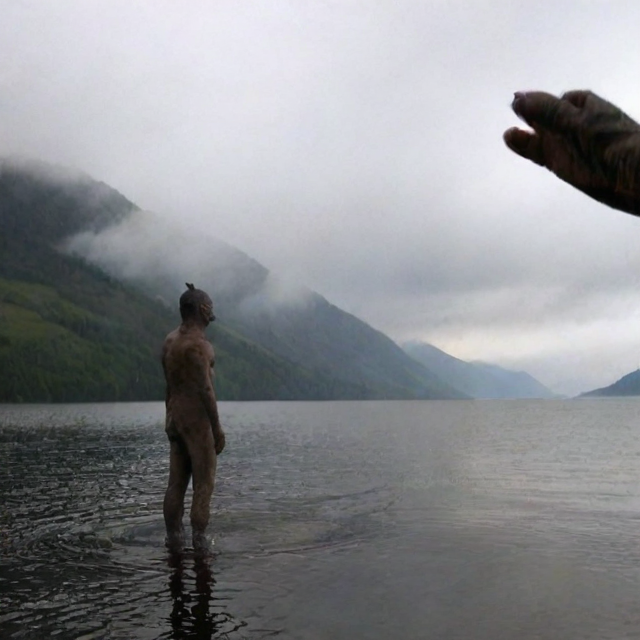Cryptid conspiracy blends cryptozoology and conspiracy theories, suggesting mythical creatures like Bigfoot or the Loch Ness Monster might be real—or that governments hide evidence. 🌑 It’s a mix of folklore, speculative science, and skepticism, challenging what we call ‘truth.’
Debunkers like Cicero and Lucian once exposed fake myths, but modern debunkers risk backfiring if they focus too much on the ‘negative case’ or come off as threatening. ⚖️ Balance is key—truth needs to be clear, not confrontational.
Reddit’s take? People crave stories that blur reality and myth. The ‘cryptid conspiracy’ taps into that hunger, asking: What if the unknown isn’t just a mystery, but a secret? 🧩 Whether it’s a puppet god or a hidden creature, the line between belief and evidence is thin.
The term ‘debunk’ itself has roots in 19th-century slang, evolving from ‘bunkum’ to mean nonsense. But debunking isn’t just about refuting—it’s about questioning how we define ‘truth’ in a world full of unexplained phenomena. 🧠
Modern debunkers face a tricky tightrope: discrediting myths without alienating believers. Think of Lucian mocking Alexander the False Prophet—his ‘debunk’ was a sharp critique, not a dismissal. 🧵 The goal isn’t to win, but to spark curiosity.
At its core, cryptid conspiracy reflects our obsession with the unknown. It’s not just about monsters—it’s about power, secrecy, and the human need to find meaning in the unexplained. 🌌 Whether real or not, the story matters more than the ‘truth.’
#cryptidconspiracy #debunkingmyths #bigfoot #lochnessmonster #conspiracytheories #skepticism #cryptozoology #truthseekers

